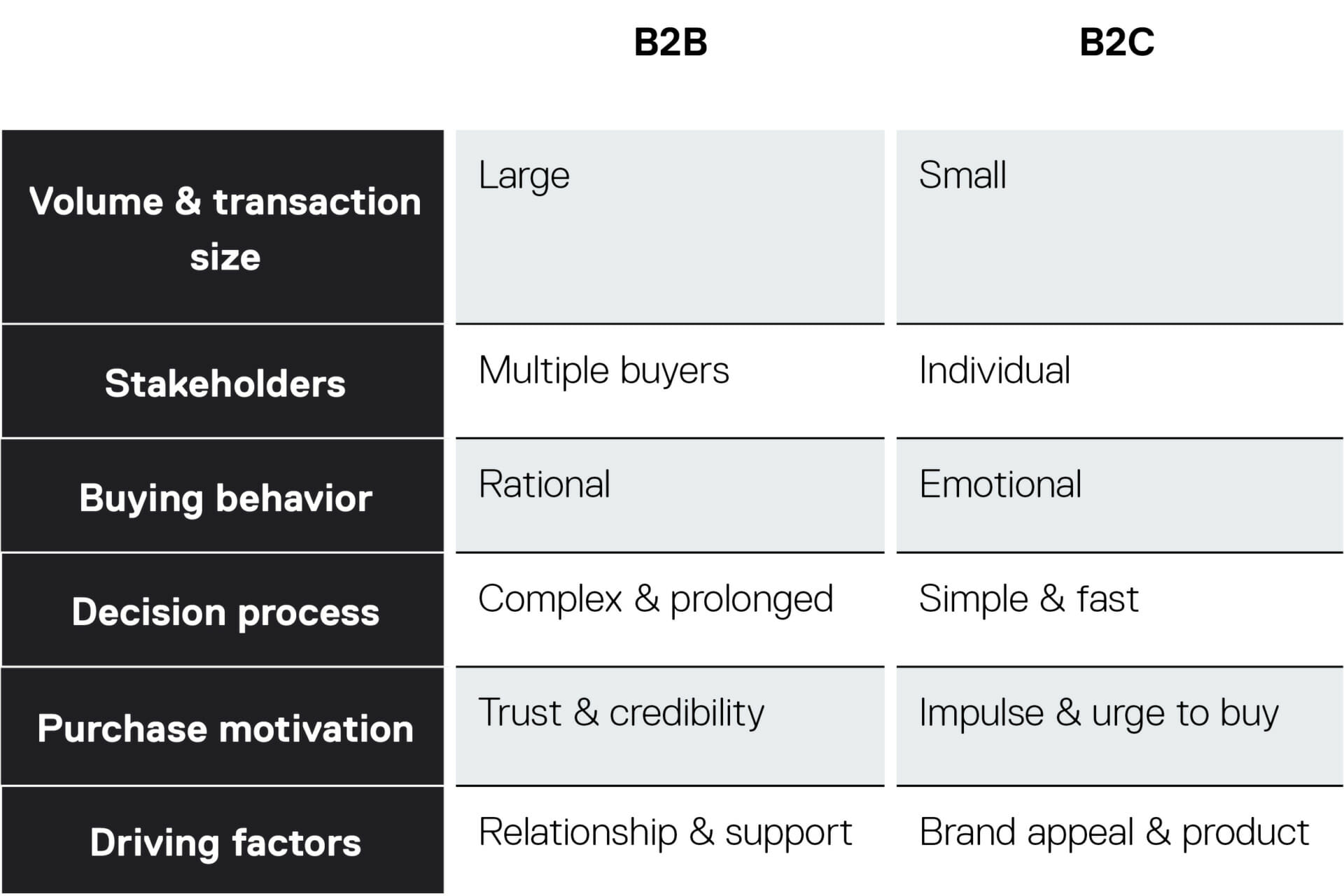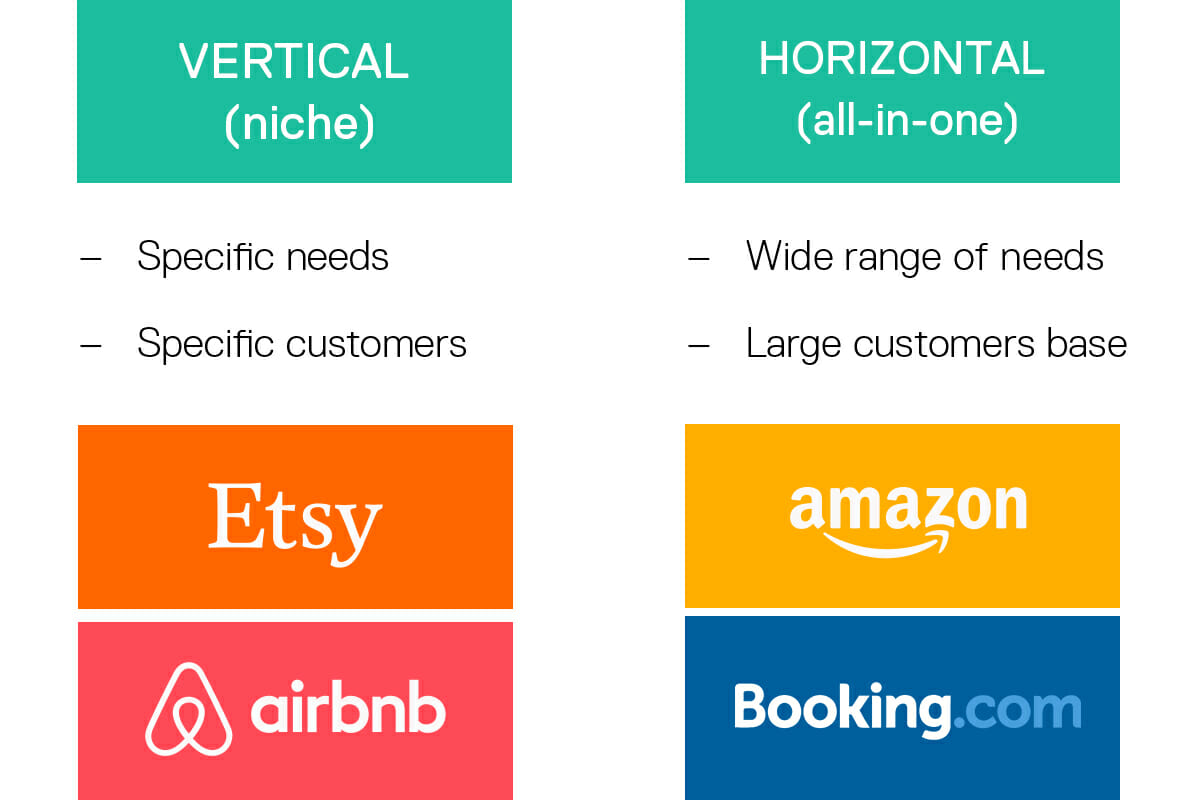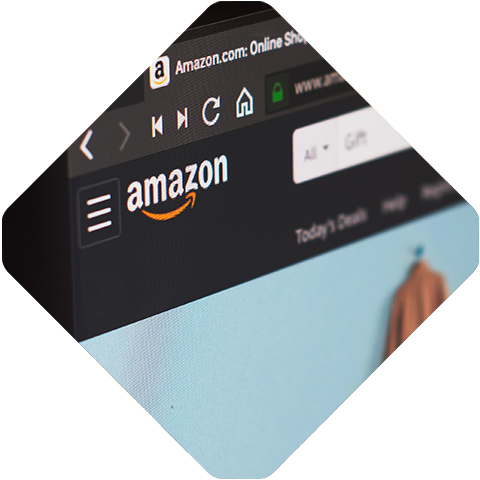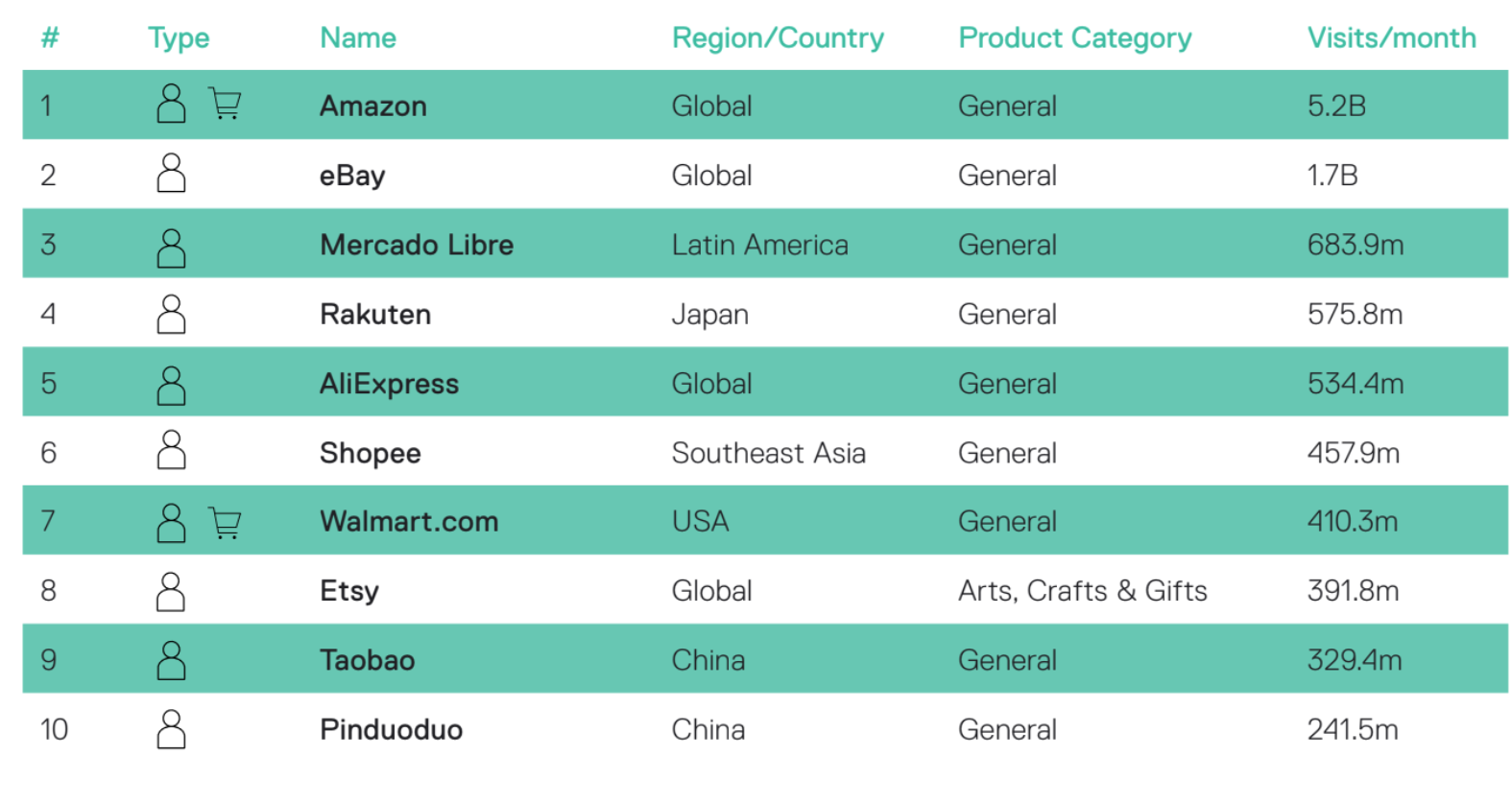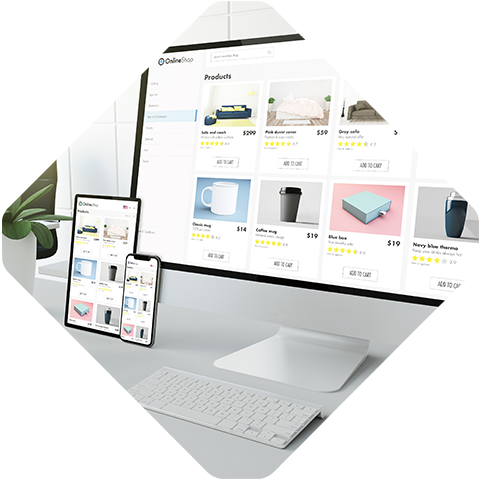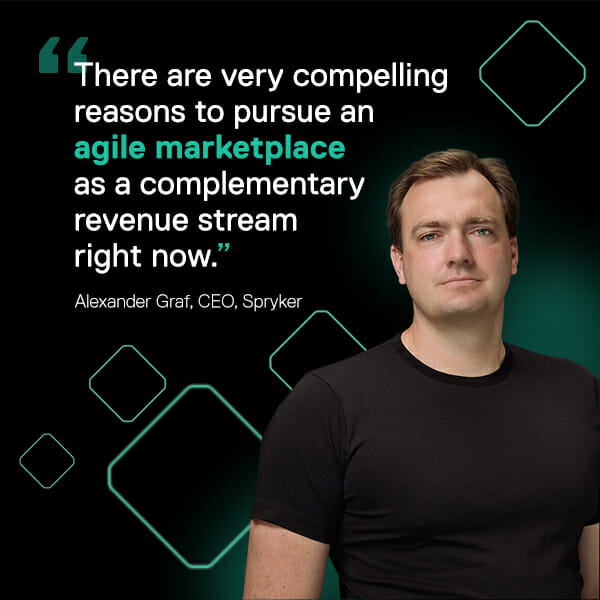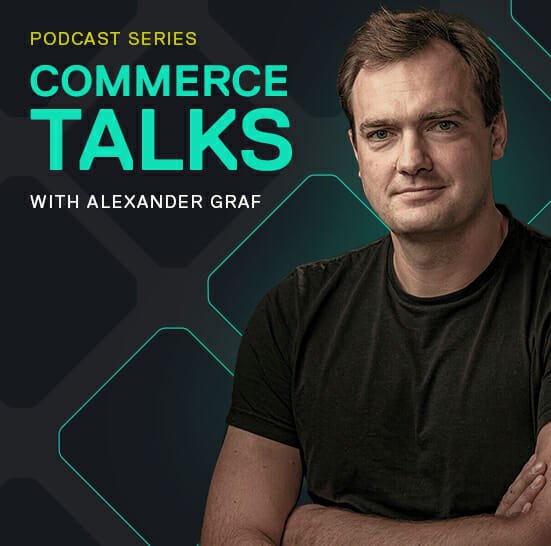While the top 10 list of successful marketplaces in 2022 contains the world’s best, there are a number that didn’t make the list including Upwork, Uber for business, eWorld Trade, Global Sources, Airbnb, Booking.com and many more interesting examples that are known and loved.
Although marketplace giants such as Amazon currently dominate the B2C Marketplace scene, there is still immense growth potential for B2B marketplaces. Businesses within industries such as manufacturing, construction, MedTech, and several others within the B2B field still have so many opportunities to drive revenue with the marketplace model. In addition, creating a vertical/niche online marketplace can help a business rise above the competition.
Vertical/niche marketplaces solve specific customer needs, making it easier for businesses to gain recognition from customers at a much quicker rate. Focusing on a particular market segment will instantly make your platform the go-to place for customers searching for such products or services.





